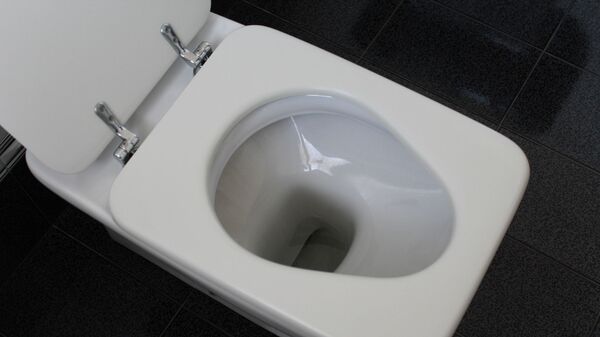A new study published Tuesday in the journal Physics of Fluids that models the movement of aerosol particles during flushing found that the centrifugal force can elevate anywhere between 40% and 60% of those particles above the toilet seat. The study called the simulation results “alarming,” noting that a “massive upward transport of virus particles is observed” which could lead to “large-scale virus spread.”
Even though the novel coronavirus is typically found in the cells of the lung and upper respiratory tract, it can also attach to cell receptors in the small intestine and can cause diarrhea, nausea and vomiting in some patients. Researchers have also found virus particles in patients’ feces, as well as on toilets and sinks in hospital rooms. However, lab experiments have suggested that such traces of the virus are less infectious than ones that are released by coughing.
“The aerosols generated by toilets are something that we’ve kind of known about for a while, but many people have taken for granted,” Joshua L. Santarpia, a professor of pathology and microbiology at the University of Nebraska Medical Center who was not involved in the research, told the New York Times. “This study adds a lot of the evidence that everyone needs in order to take better action.”
Aerosolized particles also linger longer in bathrooms that are poorly ventilated. Bathroom doorknobs and faucets can also be contaminated with viral particles.
Despite the alarming findings, co-author of the study Ji-Xiang Wang has an easy method to prevent the virus from spreading through aerosolized clouds.
“Close the lid first and then trigger the flushing process,” Wang noted. However, this is not always possible in public bathrooms, as the toilets may not have lids. Wang also recommends washing your hands frequently and carefully, especially if you are using a public bathroom. Not touching your face and keeping your mask on in the restroom could also prevent exposure to the virus.
Santarpia also pointed out to the Times that the study could present a novel way to keep track of COVID-19 clusters.
“You could simply monitor samples from a shared bathroom on a daily basis. And if something were to come up positive, you could then go look at everyone who was there and who they had contact with, rather than testing everybody all the time,” Santarpia noted.

